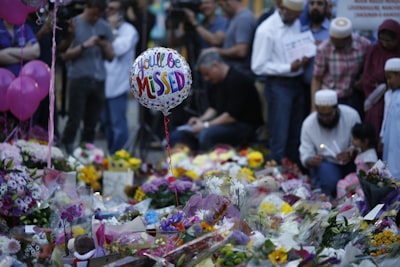Summary
On the night of July 2, 2025, a mass shooting erupted outside Artis Restaurant and Lounge in Chicago’s River North neighborhood during a release party for rapper Mello Buckzz. An unidentified vehicle pulled up to a crowd on the 300 block of West Chicago Avenue, at least one assailant opening fire before fleeing. Four people—two men and two women—were killed, and 14 others were wounded, including three in critical condition. The victims were mostly in their 20s and 30s. As of the morning after, no suspects were in custody. Despite a reported 32% decrease in murders and a 39% drop in shooting incidents city-wide as of late June, this event underscores the persistent challenge of gun violence in Chicago.
Analysis
The circumstances of this shooting illustrate the complex and multi-layered nature of urban violence in American cities. While crime data show significant improvements in overall murder and shooting rates, the attention given to this event highlights the outsize impact of high-casualty incidents. Such mass shootings often generate national attention, raise questions about policing, and reignite debates around gun access and social policy, sometimes obscuring the broader context of incremental safety gains.
Notably, the attack during an album release party for a rising local artist layers additional difficulties: a sense of communal trauma, the targeting of cultural spaces, and the possible involvement of disputes or systemic inequities that often underlie urban gun violence. No details are provided on a motive or suspects, which may reflect routine investigative challenges but also leaves room for speculation and fear within affected communities. The article’s emphasis on declining crime rates may serve as a counter-narrative, but for those caught in the violence—or living with its aftermath—statistics offer little comfort.
Discussion
This tragedy is a painful reminder that individual acts of mass violence have repercussions well beyond the immediate scene. Each victim represents a web of families, friends, and neighborhoods whose faith in public safety is shaken. The choice of venue—a cultural event celebrating local music—raises particular ethical and social questions: How do we safeguard community spaces while fostering vibrant nightlife and artistic expression?
At a national level, this shooting adds to the grim tally of similar attacks across the country, underlining persistent gaps in regulation, enforcement, and social support systems. The event also serves as a commentary on media framing: the juxtaposition of a horrific incident with improving citywide stats invites both relief and skepticism. Are we inclined to move on quickly due to statistical progress, or does each mass casualty event demand renewed urgency—regardless of trends?
Ultimately, the question for Chicago, and the U.S. as a whole, is not only how to further reduce violent crime, but how to foster resilient communities where moments of celebration are not shadowed by fear. What policies, technological innovations, or shifts in public will are required to prevent such tragedies, and what are the tradeoffs when safety and liberty collide? These remain open and critical questions, deserving ongoing engagement from citizens, leaders, and the media.

Comments
No comments yet. Be the first to comment!